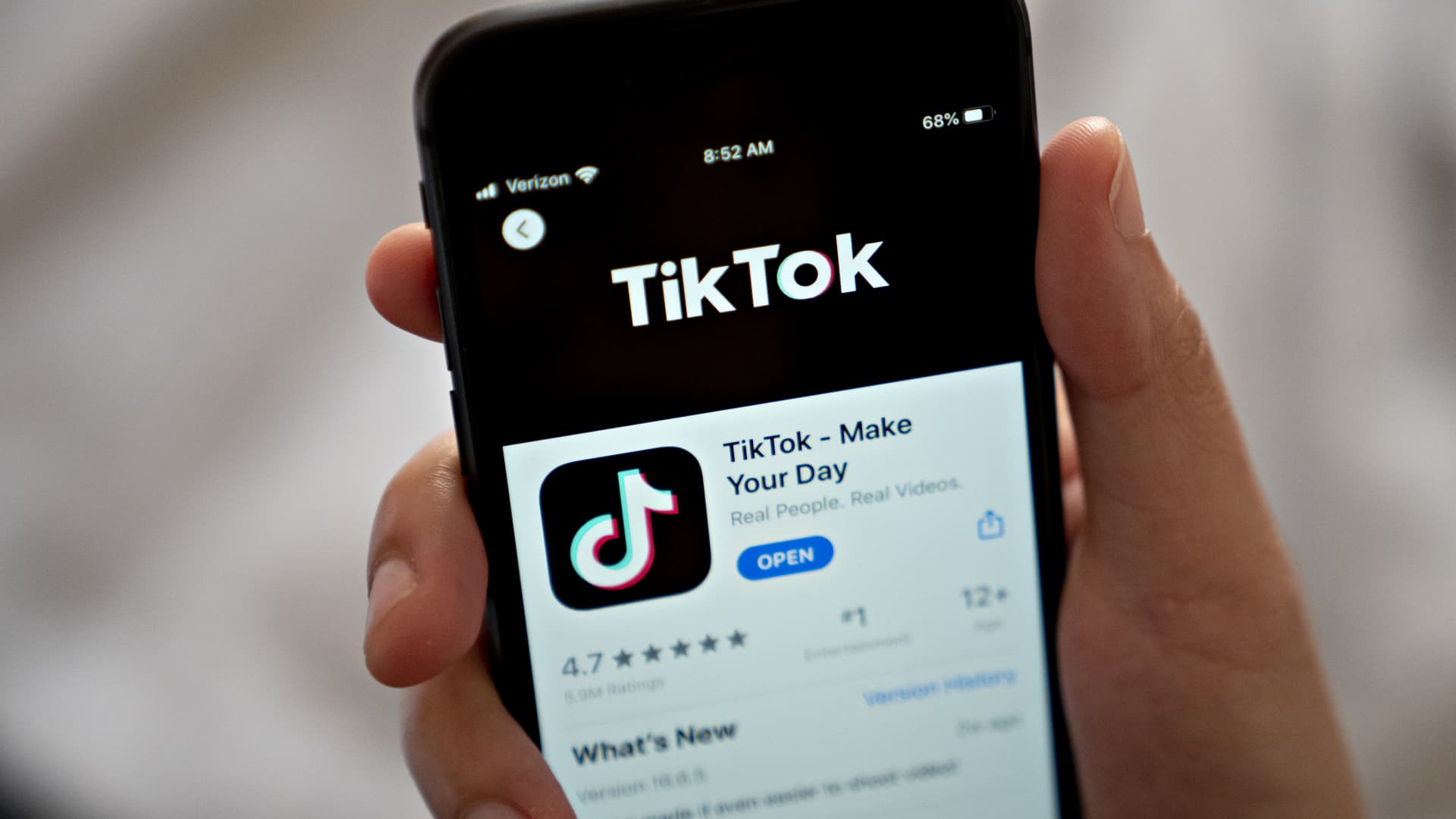Technology
Tuesday, October 3rd, 2023 3:09 pm EDT
Key Points
- Rising Data Breach Costs and the Role of AI: The article highlights the significant financial implications of cybersecurity mishaps, with the average cost of a data breach in 2023 reaching $4.45 million, marking a 15.3% increase from 2020. It underscores that while many organizations plan to increase their cybersecurity spending, experts caution against the notion that more resources automatically lead to better security. The integration of AI, particularly in large language models of generative AI systems, introduces new internal risks related to data misuse, where sensitive information may be inadvertently exposed. Additionally, the rapid development of software through AI can lead to vulnerabilities being introduced and overlooked due to the speed of iterations.
- Challenges of Cloud Migrations and AI in Cybersecurity: The article identifies two primary threats to cybersecurity today: cloud migrations and AI. Cloud migrations are seen as cost-effective and efficient but bring about new security risks due to the dynamic nature of cloud changes. Developers are leveraging AI to create software at an accelerated pace, introducing vulnerabilities faster. Data misuse is highlighted as a distinct concern compared to data breaches, as it involves the misuse of sensitive information from within the organization. This can lead to contract violations and legal issues. The combination of AI and cloud-first strategies presents nuanced risks that require a carefully considered approach from cybersecurity leaders.
The article underscores the evolving landscape of cybersecurity budgeting, where the intersection of artificial intelligence (AI) and cloud migrations poses significant challenges and opportunities. Here is a comprehensive 2000-character summary:
Cybersecurity incidents come with hefty price tags, with the average cost of a data breach in 2023 reaching $4.45 million, marking a notable 15.3% increase from 2020. In response, over half of organizations plan to boost their cybersecurity spending. However, experts caution against a blind pursuit of more resources, highlighting the internal risks posed by AI, particularly the potential for costly data misuse in large language models of generative AI systems. Additionally, the rapid pace of AI-driven software development raises concerns that vulnerabilities could go unnoticed.
As organizations plan their cybersecurity budgets for fiscal year 2024, AI’s role in data breaches and its impact on employee behavior come to the forefront. Machine learning, a subset of AI, is already proving valuable in fraud detection, incident analysis, and vulnerability assessment. Yet, it is imperative to acknowledge that cybercriminals can leverage AI to expedite attacks, mirroring defenders’ attempts to combat threats.
Cloud migrations and AI are identified as the two primary cybersecurity threats facing organizations today. Cloud migrations are deemed cost-effective and efficient but introduce new security challenges due to the rapid and dynamic nature of cloud changes. Furthermore, AI accelerates software development, potentially leading to a faster introduction of vulnerabilities. Consequently, cybersecurity leaders must strike a balance between protection and preparedness, particularly as organizations continue their migration to the cloud.
The risks associated with data misuse differ from traditional data breaches, as they involve the misuse of sensitive information internally, raising legal and contractual concerns. While policies surrounding generative AI usage can mitigate risks, effective cyber blockades are crucial.
In budget discussions, Chief Financial Officers (CFOs) are not solely focused on protection but also on growth. To justify cybersecurity investments, CISOs must demonstrate alignment with the company’s strategic objectives, whether it’s reducing licensing costs, enhancing productivity, or improving team effectiveness. Vendor consolidation is also gaining traction, as CFOs seek to maximize the return on investment by streamlining security technologies.
Effective cybersecurity budgeting includes investments in employee training, which is identified as the second-most effective cost mitigator for data breaches, saving an average of $232,867, second only to DevSecOps. For government contractors, adhering to stringent cybersecurity training requirements is crucial to maintaining contracts.
Furthermore, CISOs are advised to approach budget discussions with transparency and an unbiased perspective, emphasizing the overall return on investment. Presenting at least two options, even if it’s a choice between implementation or not, provides flexibility and paves the way for incremental improvements. Building trust between financial and technological advocates within the organization is paramount.
As organizations navigate the evolving cybersecurity landscape, AI’s role in threat mitigation and data protection, alongside the challenges posed by cloud migrations, calls for a nuanced and strategic approach to budgeting. While the financial focus remains on protection, CFOs are increasingly interested in initiatives that facilitate growth, making it imperative for CISOs to align cybersecurity investments with long-term strategic goals.
For full original article on CNBC, please click here: https://www.cnbc.com/2023/10/03/companies-spending-more-on-ai-to-defeat-hackers-but-theres-a-catch.html




